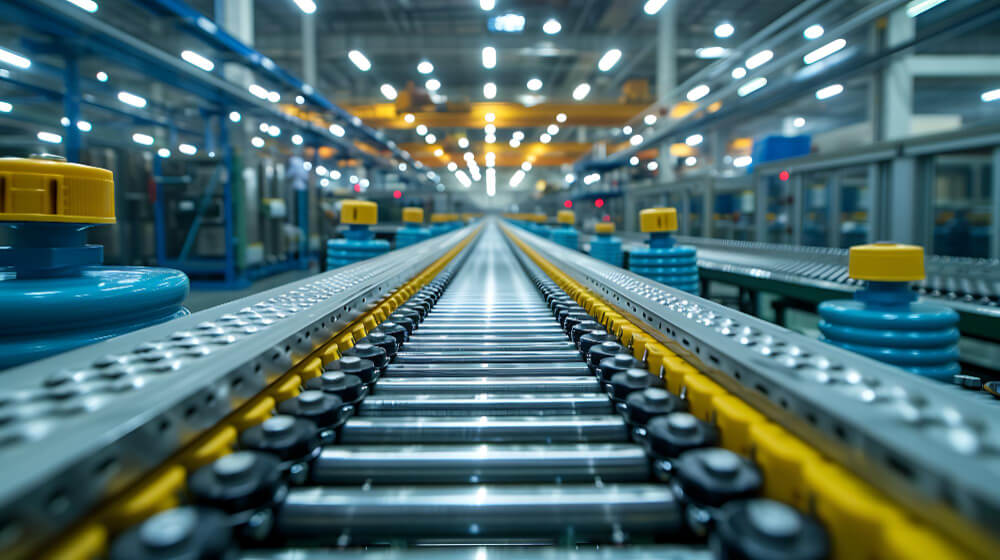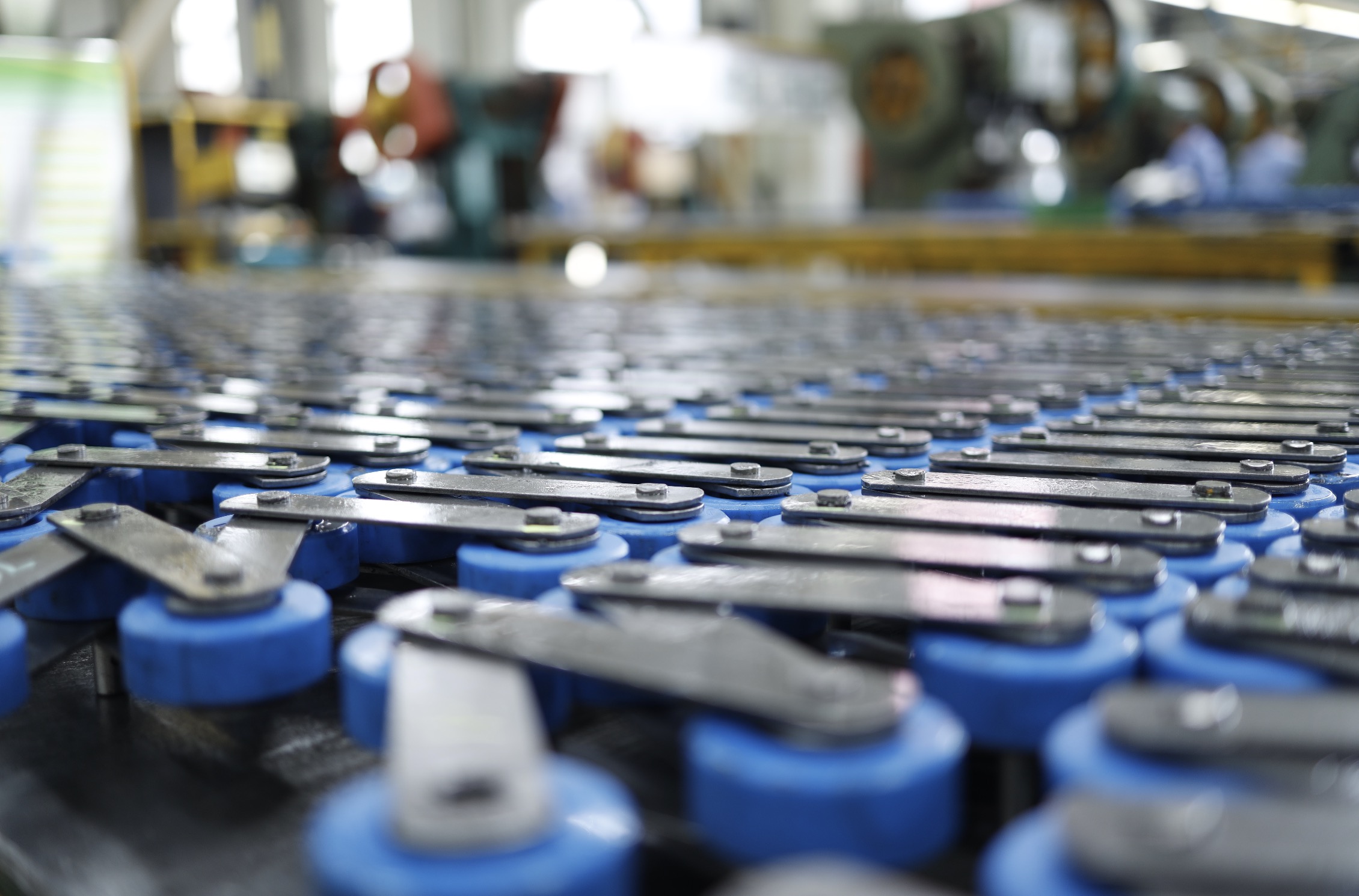When deciding whether a conveyor chain is right for your application, you need to understand how it works. Its installation includes the drive wheel, the slack strand, and one or more idler wheels that support the chain.
Idler wheels may be toothed or smooth and rest on rollers or plates. A drive wheel will push the load forward, while a slack strand will move the material backward.
Conveyor chains are operated by an ON/OFF button that rotates the motor. The motor determines the direction of movement of the load. The gears are networked together and move in the same direction as the motor.
The load is moved along the drive train until it reaches the last gear, which is the last gear. Some chain conveyors are unidirectional, but there are also bidirectional models available.
If you want to know how a conveyor chain works, continue reading this article.
What Is A Conveyor Chain?
A conveyor chain is a type of chain which is used in the conveyor system. It moves materials from one place to another by means of rollers and plates connected by chains. The pitch of a conveyor chain varies depending on the product being transported.
Lighter chains use UHMW Polyethylene tracks for wear resistance and lower power requirements, while heavier chains use special hardened alloy steel tracks with a higher load-carrying capacity and long life.
A conveyor chain is often used to move materials in industrial settings, and it can be a very reliable, cost-effective solution for certain applications. The main advantages of this type of chain are its low maintenance, high tensile strength, and ease of assembly. Many different applications require different kinds of conveyor chains, so it is important to find the one that best suits your needs.
The pitch of a conveyor chain is a measurement of how fast a sprocket rotates. The smaller the pitch, the faster the chain can rotate, but the larger the articulating angle, the higher the rotational speed.
The smaller the pitch, the more chain links are engaged during motion. A lower articulating angle, in contrast, produces less vibration and a smoother motion. There are several international standards for conveyor chains, but the British Standard is the most common.
How Does a Conveyor Chain Work?
A conveyor chain is made up of a series of journal bearings that link together. The bearings contain a brush and pin, which helps the chain roller to move. The forces generated by the journal bearings must not be excessive since this can cause the belt to break. Additionally, the chain must be free of a torsion component. This can lead to transversal oscillations or speeds that are not optimum.
The main purpose of a conveyor system is feeding and conveying. The former involves moving materials from pickup points to drop points. The latter, on the other hand, involves delivering the product continuously or in batches.
The working mechanism of a conveyor chain includes the pulley system, which is an external component. The belt moves on the frame and needs to be supported to move smoothly. The pulley system has two rotors on each unit, while more complex systems have more.
The chain is supported by a drive wheel that rotates in a circular motion. The drive wheel exerts a force on the chain. The force is applied by friction and the load itself. A set of idler wheels supports the chain, which may be smooth or toothed, and rests on plates or rollers. The slack strand supports the chain.
The chains are bearings that are connected together by constraining link plates. It contains a brush and pin on which the chain roller revolves. When the power is on, the motor will rotate, and the chain will move. As the chain moves, it will move the material on the top as well. This is how a conveyor chain works to move material from one place to another.


